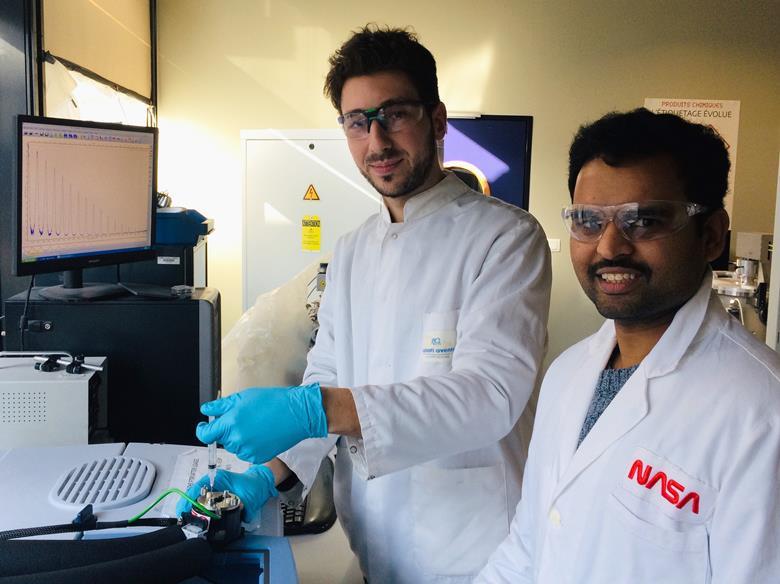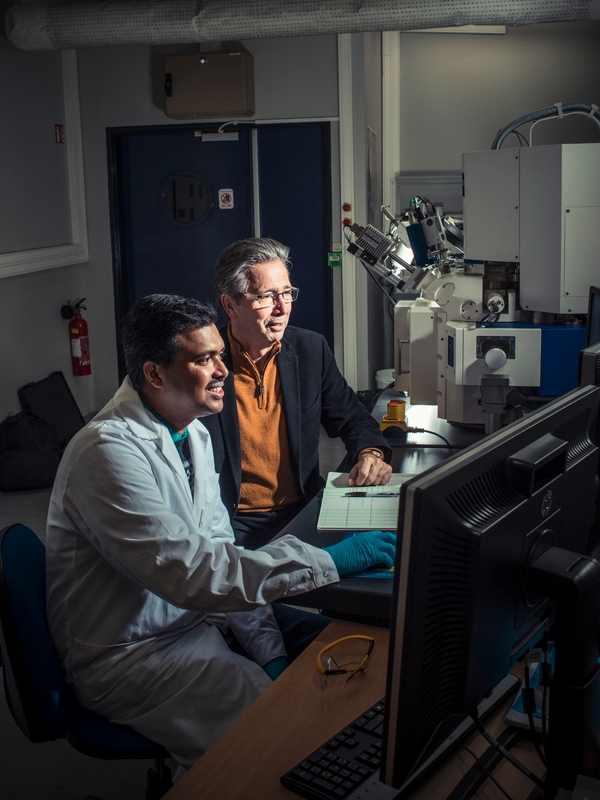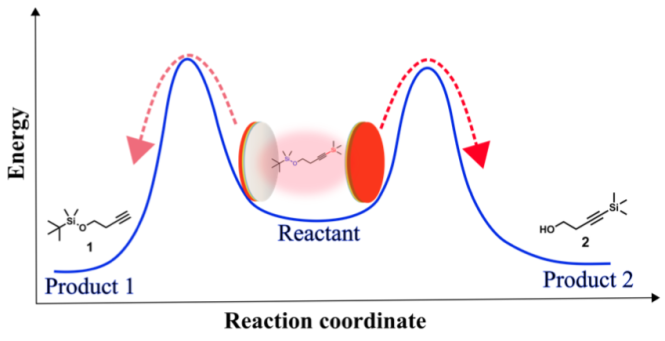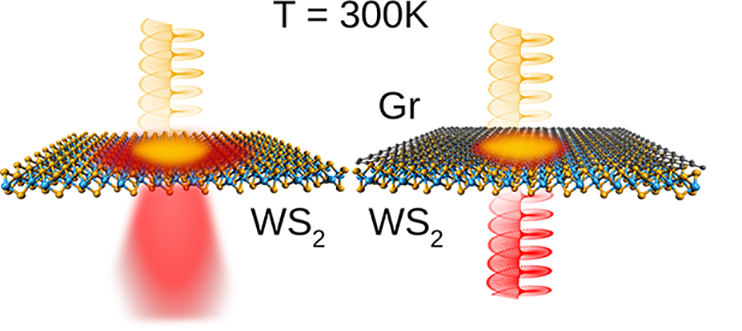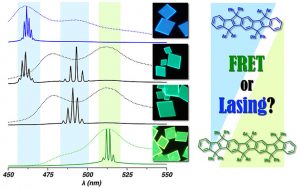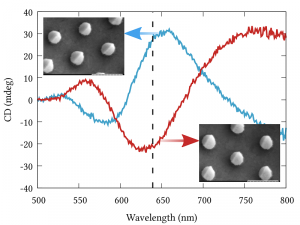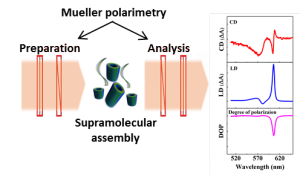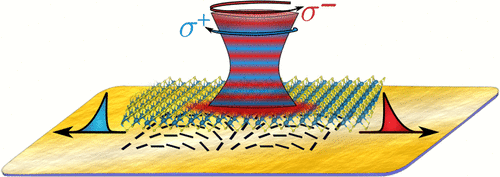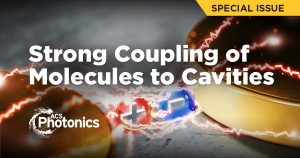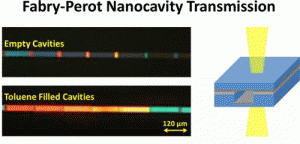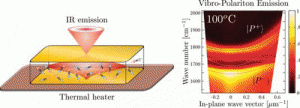This is nor the last trendy horror movie, neither the latest Star Wars episode but just another reaction about our Science paper, now online in the asap section of ACS Central Science. It has been written by Stéphane Kéna-Cohen and Joel Yuen-Zhou and it is entitled Polariton Chemistry : Action in the Dark. The paper is open access (published under ACS Author Choice license) and you can download it here.
Source : ACS Central Science


